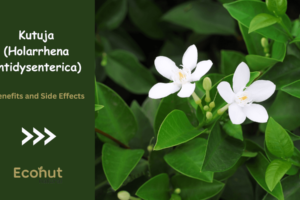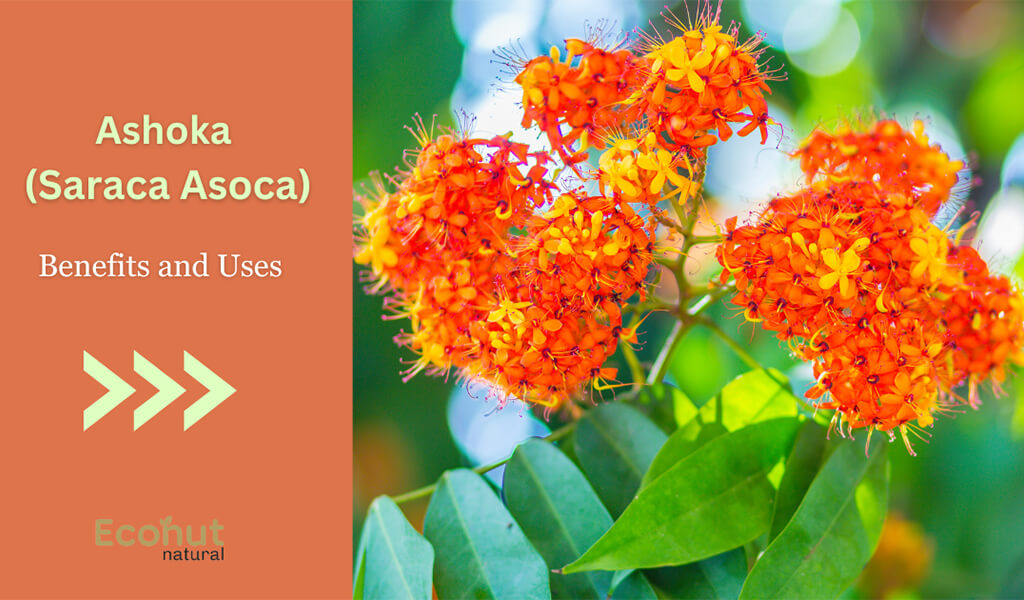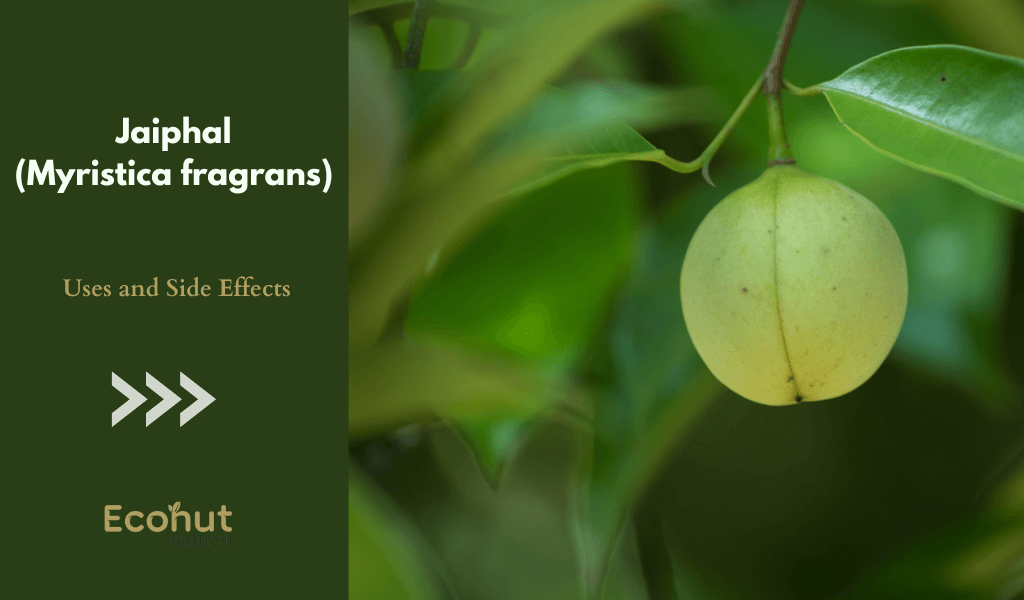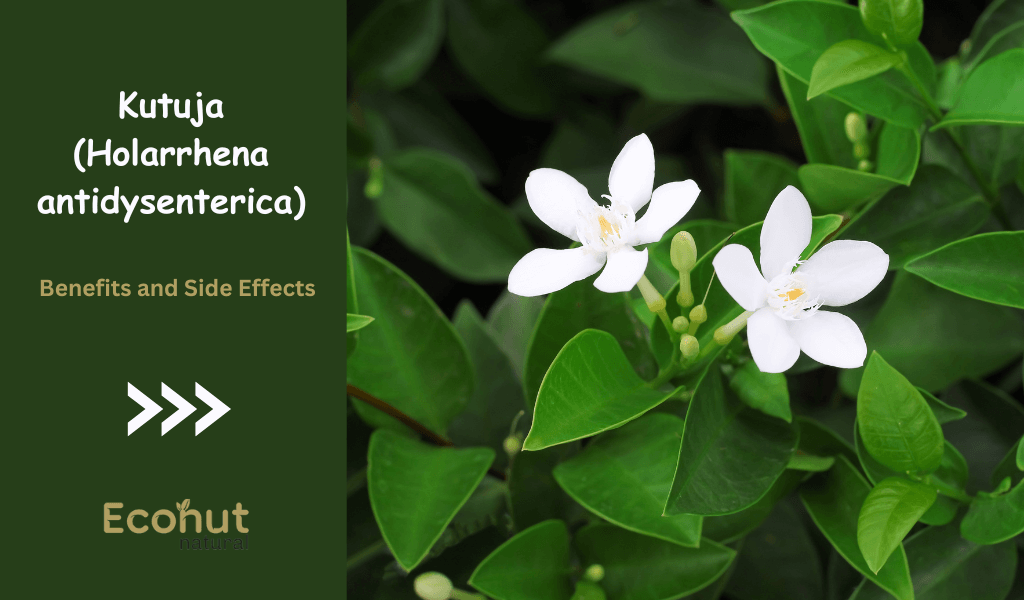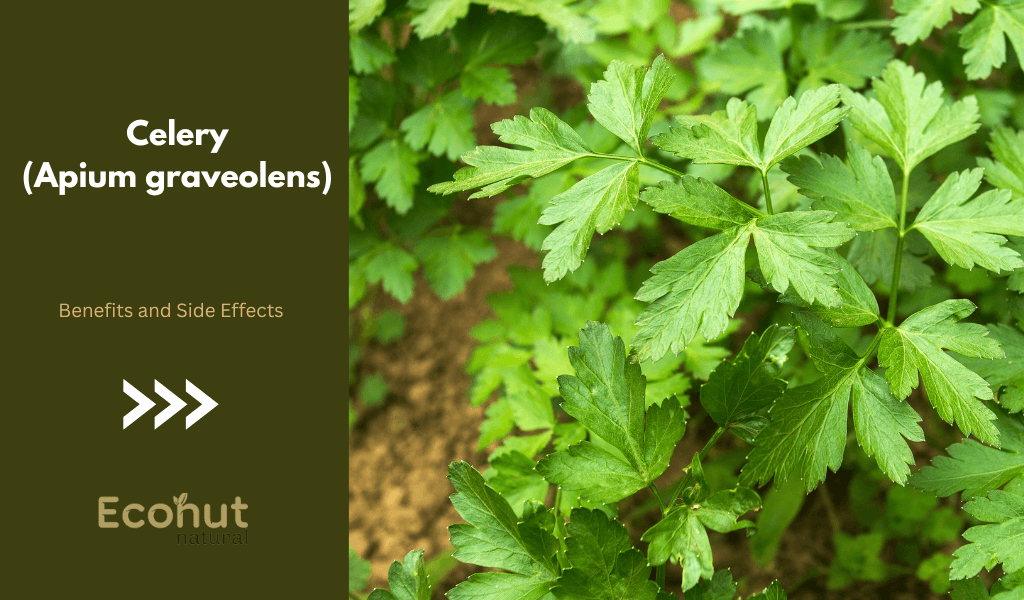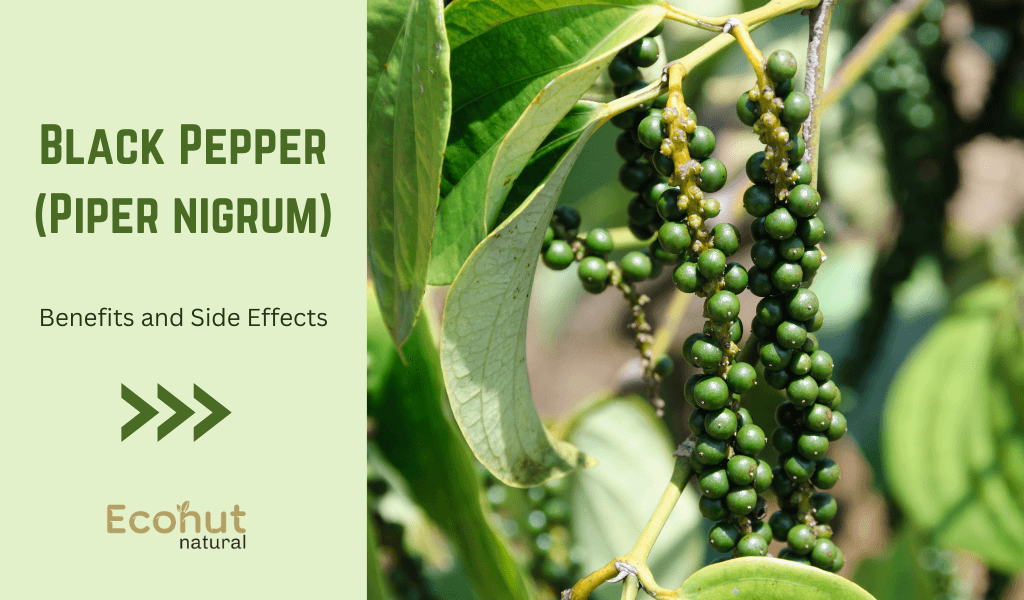Ashoka, scientifically known as Saraca asoca, is a small evergreen tree native to the Indian subcontinent. This tree parts is widely used for different medicinal purposes. It also helps to provide relief from gynaecological and menstrual problems in women but also provides an absolute remedy for spasms, diabetes, respiratory woes, abdominal pain, skin conditions, kidney problems etc.
This plant belonging to the Detarioideae subfamily of the legume family. It is an important tree in the cultural traditions of the Indian subcontinent and adjacent areas. It is sometimes incorrectly known as Saraca indica.
Classification of Ashoka (Saraca asoca)
| Kingdom | Plantae |
| Class | Magnoliopsida |
| Subclass | Rosidae |
| Subkingdom | Tracheobionta |
| Superdivision | Spermatophyta |
| Division | Magnoliophyta |
| Genus | Saraca |
| Species | Asoca / Indica |
| Order | Fabales |
| Family | Leguminosae |
| Subfamily | Caesalpinaceae |
Ashoka (Saraca asoca) Uses
In traditional medicine systems like Ayurveda, the various parts of the Ashoka tree have been used for their medicinal properties for centuries. There are severel uses of Ashoka we will discus are below.
Menstrual Disorders:
Ashoka is primarily known for its effectiveness in managing various menstrual disorders in women. It is often used to alleviate symptoms of dysmenorrhea (painful menstruation), menorrhagia (heavy menstrual bleeding), and irregular menstrual cycles. The bark of the Ashoka tree is particularly valued for this purpose.
Uterine Health:
In Ayurveda, Ashoka is considered beneficial for maintaining uterine health. It is believed to have properties that help in toning the muscles of the uterus, thereby supporting its overall health and functioning. This makes it useful in conditions like uterine prolapse and uterine fibroids.
Digestive Health:
Ashoka may also be used to promote digestive health. It is believed to have mild laxative properties and can help in relieving constipation. Additionally, it may aid in soothing gastrointestinal inflammation.
Wound Healing:
In some traditional practices, Ashoka extracts or preparations are applied topically to wounds to promote faster healing. Its anti-inflammatory and antimicrobial properties may contribute to this effect.
Anti-diabetic:
Some research suggests that Ashoka may have potential anti-diabetic properties by helping to regulate blood sugar levels. However, more studies are needed to confirm its efficacy and safety for this purpose.
Antimicrobial:
Ashoka extracts have shown antimicrobial activity against certain bacteria and fungi in laboratory studies. This property may be useful in managing infections, although more research is needed to determine its clinical significance.
Fertility:
Some traditional practitioners recommend Ashoka for promoting fertility in women. It is believed to have properties that support reproductive health and may enhance the chances of conception.
Anti-inflammatory:
Ashoka is known for its anti-inflammatory properties. It may be used internally or externally to reduce inflammation in various parts of the body.
Antioxidant:
The bark of the Ashoka tree contains compounds with antioxidant properties. These antioxidants help in neutralizing harmful free radicals in the body, thereby reducing oxidative stress and preventing cellular damage.
Also More: Agastya (Sesbania grandiflora): Uses, Benifits, Dosage and Properties
Benefits of Ashoka (Saraca asoca)
Menstrual Health:
Ashoka is particularly renowned for its efficacy in promoting women’s health, especially in managing menstrual disorders. It is often used to regulate menstrual cycles, reduce menstrual pain (dysmenorrhea), and alleviate symptoms associated with menopause.
Uterine Health:
Ashoka is believed to have uterine tonic properties, which can help in maintaining the health of the uterus. It is often used in conditions like uterine fibroids, endometriosis, and pelvic inflammatory diseases.
Digestive Health:
Some traditional remedies use Ashoka for digestive issues. It may help in soothing the digestive tract, reducing inflammation, and promoting overall digestive wellness.
Anti-diabetic Effects:
Studies suggest that Ashoka extracts may have hypoglycemic effects, meaning they can help lower blood sugar levels. This potential benefit is particularly relevant in managing diabetes and related complications.
Anti-microbial Properties:
Ashoka has been investigated for its antimicrobial properties. It may possess the ability to inhibit the growth of certain bacteria, fungi, and other microorganisms, making it useful in combating infections.
Wound Healing:
Traditional uses of Ashoka include its application in wound healing. Some formulations use Ashoka extracts or pastes topically to promote the healing of wounds and minor skin injuries.
Mood Regulation:
Some anecdotal evidence suggests that Ashoka may have mild mood-regulating properties. It is sometimes used to alleviate symptoms of anxiety and depression, although more research is needed in this area.
Anti-inflammatory Properties:
The bark of the Ashoka tree contains bioactive compounds with anti-inflammatory properties. These compounds may help in reducing inflammation and associated symptoms in various parts of the body.
Analgesic Effects:
Ashoka has analgesic properties, which means it can help alleviate pain. This makes it useful in managing conditions such as menstrual cramps, joint pain, and headaches.
Antioxidant Activity:
Compounds found in Ashoka exhibit antioxidant activity, helping to neutralize harmful free radicals in the body. This antioxidant property may contribute to its overall health benefits and its traditional use in longevity and vitality.
Conclusion
Ashoka, also known as Saraca asoca, is a revered tree in Indian culture, symbolizing love and compassion. Its medicinal properties have been utilized in traditional Ayurvedic medicine for centuries. Due to its significance, it holds a central place in religious and cultural ceremonies. Ashoka’s elegant foliage and vibrant flowers contribute to its aesthetic appeal, making it a cherished part of gardens and landscapes across the Indian subcontinent. Overall, Ashoka remains an enduring emblem of beauty, healing, and spiritual significance in Indian society.
FAQS
How is Ashoka used in traditional medicine?
Various parts of the Ashoka tree, including bark, leaves, flowers, and seeds, are used in traditional medicine. The bark is particularly prized for its medicinal properties and is often used to prepare herbal remedies.
What are the health benefits of Ashoka?
Ashoka is primarily known for its potential benefits in gynecological health. It is often used to support menstrual disorders, such as excessive bleeding, painful periods, and irregular menstruation. Additionally, it is believed to have uterine-stimulating properties, which may aid in postpartum recovery. Some research suggests it may also have anti-inflammatory and antioxidant properties.
Is Ashoka safe to use?
When used appropriately and in recommended doses, Ashoka is generally considered safe for most people. However, pregnant women should avoid using it, as it may stimulate uterine contractions and potentially lead to complications.
Are there any side effects of Ashoka?
While Ashoka is generally safe, some individuals may experience mild side effects such as gastric discomfort or allergic reactions. It’s essential to consult a healthcare professional before using Ashoka, especially if you have any underlying health conditions or are taking medications.
Is Ashoka effective for postpartum recovery?
Ashoka is traditionally believed to support postpartum recovery by toning the uterus and promoting healing. However, pregnant and breastfeeding women should avoid using Ashoka without consulting a healthcare provider due to its potential to stimulate uterine contractions.


